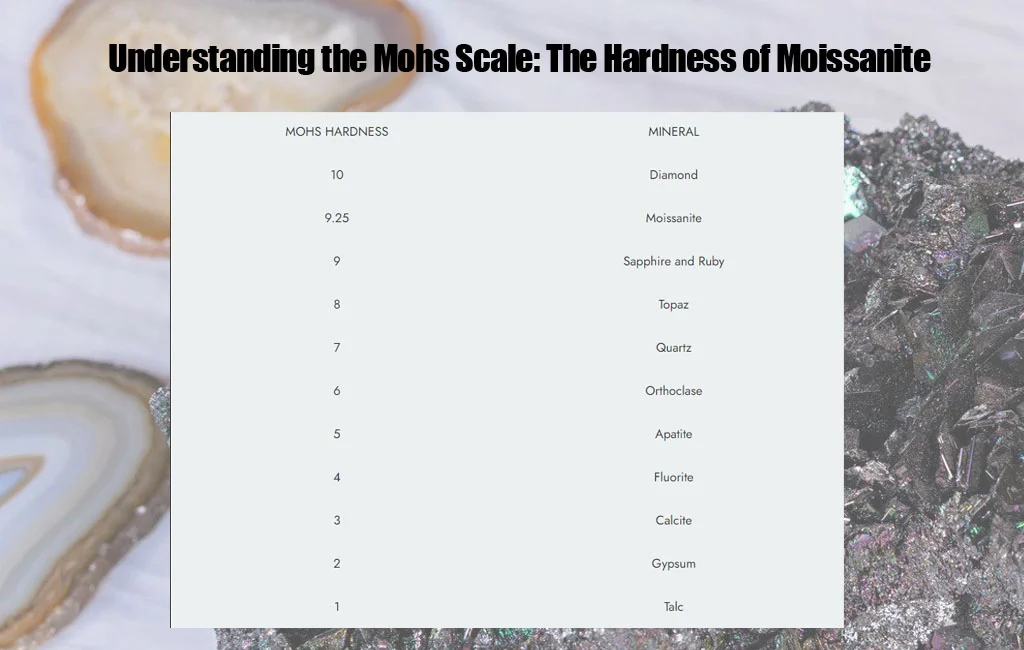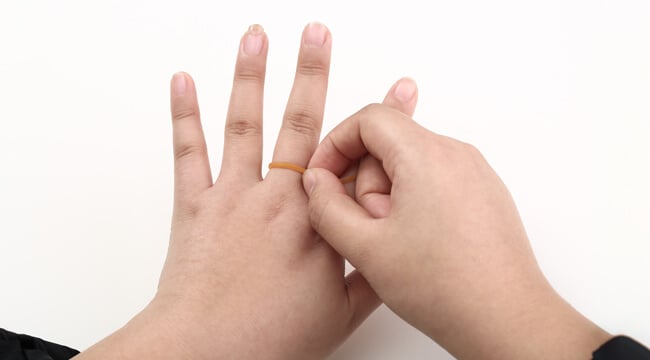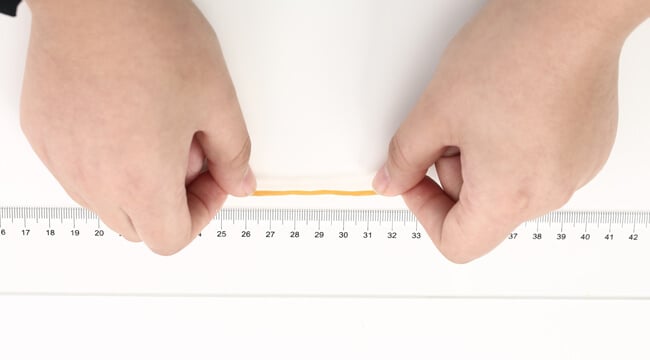The Mohs scale of mineral hardness is an integral gauge used in gemology to discern the scratch resistance of minerals. At the forefront of this scale lies moissanite, a gemstone renowned for its stunning brilliance and impressive hardness.
What is the Mohs Scale?
In 1812, Friedrich Mohs, a German mineralogist, devised the Mohs scale to measure the relative hardness of ten minerals, ranked from the softest (talc) to the hardest (diamond). This method relied on a simple principle: a harder material will scratch a softer one.
Why Mohs Hardness Matters for Jewelry
The Mohs scale isn’t just a matter of gemstone ego. A higher score translates to resilience, a crucial factor for jewelry that’s subject to daily wear. After all, who would want their precious gemstone jewelry to lose its sheen after a minor mishap?
Positioning Moissanite on the Mohs Scale
Slotting in at 9.25, moissanite’s placement on the Mohs scale is noteworthy. While diamonds are the undisputed rulers with a perfect score of 10, moissanite’s close proximity underscores its significant durability.
| MOHS HARDNESS | MINERAL |
| 10 | Diamond |
| 9.25 | Moissanite |
| 9 | Sapphire and Ruby |
| 8 | Topaz |
| 7 | Quartz |
| 6 | Orthoclase |
| 5 | Apatite |
| 4 | Fluorite |
| 3 | Calcite |
| 2 | Gypsum |
| 1 | Talc |
Comparison: Moissanite vs. Other Gemstones
For many, the allure of gemstones lies not just in their beauty but in their durability. Here’s how moissanite compares:
Diamond (10): The hardest known mineral, diamonds remain unmatched in their toughness. They define resilience and set the gold standard in the world of gemstones.
Moissanite (9.25): Almost parallel to diamonds in hardness, moissanite is extraordinarily durable. Perfect for those who seek longevity in their jewelry, it stands out as an ideal choice for everyday wear.
Sapphire and Ruby (9): As members of the corundum family, both sapphires and rubies shine bright in the durability spectrum. Their enduring nature, combined with their striking colors, makes them prime selections for engagement rings and signature jewelry pieces.
Topaz (8): With its captivating array of colors, topaz is a favorite among many. Although it doesn’t rival the hardness of moissanite, its distinct shades, from blue to fiery orange, add a unique charm.
Quartz (7): A versatile gemstone, quartz finds its way into various jewelry designs. Its resilience, while commendable, is a tad less than moissanite, which means it demands a bit more care to keep it scratch-free.
Orthoclase (6): This mineral, often used in the gem variety known as moonstone, is recognized for its beautiful adularescence or play of light. Although not as hard as the previously mentioned gemstones, its ethereal glow compensates for its relatively softer nature.
Apatite (5): With its enticing blue-green hue, apatite is a gem that many jewel enthusiasts adore. While it sits midway on the Mohs scale, it’s a gemstone that calls for gentle handling to ensure it remains in pristine condition.
Fluorite (4): Flaunting a rainbow of colors from purples to greens, fluorite is a stunner. However, its position at 4 on the Mohs scale indicates it’s softer and thus needs care in jewelry applications to avoid potential damage.
Calcite (3): Known for its diverse range of colors and forms, calcite’s beauty is undeniable. However, its position on the Mohs scale indicates a softness that requires meticulous care.
Gypsum (2): Often used in ornamental pieces, gypsum’s softness makes it less suitable for everyday jewelry. Its delicate nature demands an attentive touch.
Talc (1): As the softest mineral on the Mohs scale, talc is rarely used in jewelry. However, its silky texture and lustrous finish make it a mineral of interest for collectors and mineral enthusiasts.
You may want to know does moissanite get cloudy.
Advantages of Moissanite in Jewelry
Durability and Resilience
Moissanite’s elevated position on the Mohs scale underlines its durability. Be it an engagement ring subjected to daily wear or a necklace reserved for special occasions, moissanite ensures longevity.
Aesthetics and Brilliance
Its toughness doesn’t eclipse its beauty. Many aficionados argue that moissanite’s refractive index gives it an edge, resulting in a fire and brilliance that outshines even diamonds. Its rainbow flashes of light, termed “dispersion,” make it a visual delight.
Cost-Effectiveness and Ethical Superiority
Financial and ethical considerations further bolster Moissanite’s appeal. Lab-grown moissanite offers an affordable alternative to diamonds without compromising on sparkle. Additionally, the absence of mining means reduced environmental impact and zero risk of “blood diamonds.”
Conclusion
Moissanite encapsulates the best of both worlds: the ethereal beauty of the most exquisite gemstones and a hardness that’s second only to diamonds. Its position on the Mohs scale is not just a testament to its durability but a reflection of its standing in the world of precious stones. From its celestial origins to its contemporary appeal, moissanite’s journey is as fascinating as its sparkle. For those seeking a blend of elegance, resilience, and value, moissanite emerges as the jewel in the crown.






